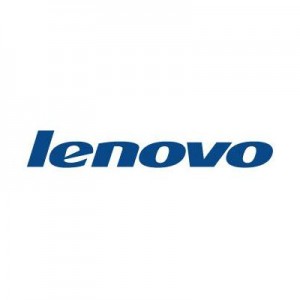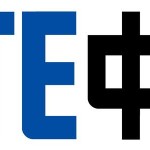Branding China: How Lenovo started: 11 engineers and 200,000 yuan capital
Branding China: How Lenovo started: 11 engineers and 200,000 yuan capital
Lenovo is originally a Chinese company, founded in 1984 by Liu Chuanzhi in Beijing. Starting capital of the company was 11 engineers and 200,000 yuan. All 11 founders of Lenovo were middle-aged graduates and members of the Institute of Computing Technology, Chinese Academy of Sciences. The original name, assigned to the company, was the Chinese Academy of Sciences Computer Technology & Research Institute New Technology Development Company.
Lenovo start was difficult, because of lack of managerial and branding strategy
The first few initiatives, including digital watches and importation of televisions, were not successful due to insufficient demand. The very first major success of Lenovo came after one year of existence. The company attempted to create a circuit board, which made it possible for IBM computers to process Chinese characters. The biggest problem, the company came up with at the first stages of its development, is the lack of business competence, in particular to build the brand in Chinese consumer minds. Liu Chaunzhi commented on it: “Our management team often differed on which commercial road to travel. This led to big discussions, especially between the engineering chief and me. He felt that if the quality of the product was good, then it would sell by itself. But I knew this was not true, that marketing and other factors were part of the eventual success of a product…we were mainly scientists and didn’t understand the market…we just learned by trial-and-error, which was very interesting—but also very dangerous”. The biggest challenge, the company came across on its way to success, was the lack of specialists in the areas of marketing and economics. As Liu said, team members were all engineers without any knowledge of economy. Moreover, at that time it was not so easy to find information about market trends, business models, branding and effective promotion campaign in China. The company emerged at the time, when this information did not formally existed making it more difficult to grow globally.
Effective marketing process leaded Lenovo to go global
 However, Lenovo did so. It now has operations in more than 60 countries, while selling its brand in over 160 countries. The first major attempt to employ high-quality specialists in various areas was made in May 1988. The company placed an advert on the front page of China Youth News, which was not common in China at that time. 500 young professionals were competing for 16 places. As a result of various test and interviews, 58 jobs were offered. Yang Yuanqing, current chief executive officer, was among them. In 1988, the company started to expand by opening a new subsidiary in Hong-Kong. 5 other workers, who moved to work there, were encouraged to save money, used for companies’ development; they were walking to work rather than taking public transport. After 1944, Lenovo became publicly traded; as a result of this, it earned almost US$30 million.
However, Lenovo did so. It now has operations in more than 60 countries, while selling its brand in over 160 countries. The first major attempt to employ high-quality specialists in various areas was made in May 1988. The company placed an advert on the front page of China Youth News, which was not common in China at that time. 500 young professionals were competing for 16 places. As a result of various test and interviews, 58 jobs were offered. Yang Yuanqing, current chief executive officer, was among them. In 1988, the company started to expand by opening a new subsidiary in Hong-Kong. 5 other workers, who moved to work there, were encouraged to save money, used for companies’ development; they were walking to work rather than taking public transport. After 1944, Lenovo became publicly traded; as a result of this, it earned almost US$30 million.
Nowadays, Lenovo is a multinational corporation, which has its headquarters in Beijing and Morrisville, in the US. The company does all range of activities from designing to manufacturing. Its products include tablet computers, smart phones, televisions and personal computers. In 2013, Lenovo was the largest personal computer vendor in the world by the volume of sales and its branding strategy is seen as a reference among Chinese firms.
For further reference, go to:
http://www.tmd-oxford.org/sites/www.tmd-oxford.org/files/publications/SLPTMD-WP-059.pdf
















